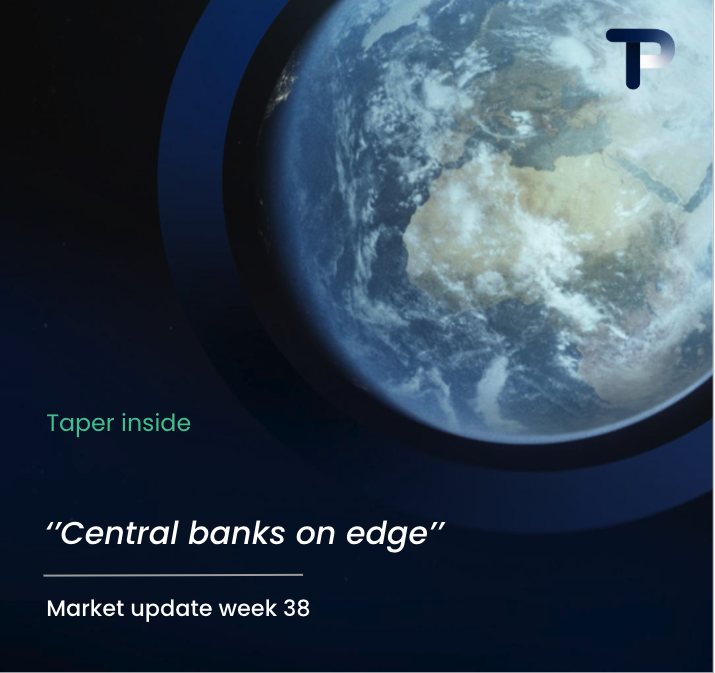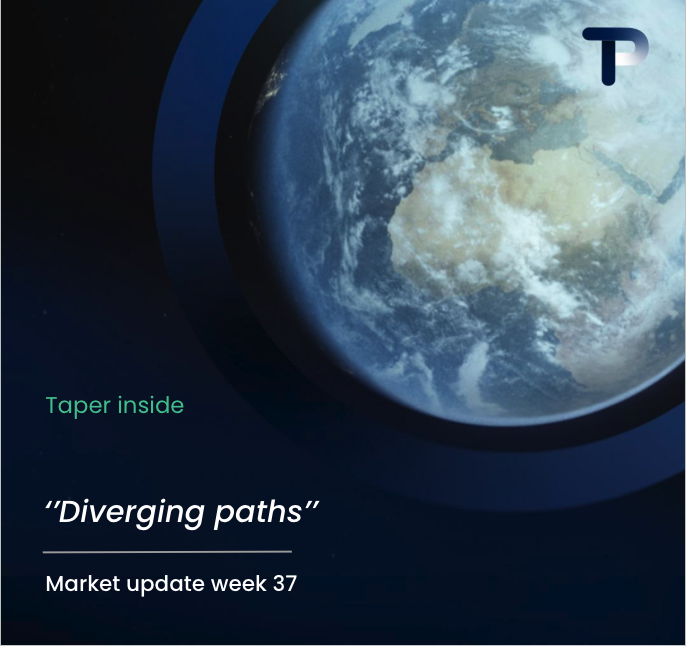Business multi-currency IBAN accounts typically feature a layered fee structure consisting of monthly maintenance fees, transaction charges, and currency conversion costs. Most providers charge a monthly account fee ranging from £20-150 depending on business size and features offered. Transaction fees vary between fixed per-transaction costs (£1-5) and percentage-based fees (0.1-3%) for international transfers. Currency conversion markups generally range from 0.5-2% above the interbank rate. Additional charges may include account setup fees, incoming payment fees, and dormant account penalties. The total cost of ownership depends heavily on your transaction patterns and currency needs.
Understanding business multi-currency IBAN accounts
Business multi-currency IBAN accounts are specialised banking solutions that allow companies to hold, send, and receive funds in multiple currencies under a single account structure. These accounts provide unique International Bank Account Numbers (IBANs) that function across different currencies, enabling businesses to conduct international payments without maintaining separate foreign bank accounts.
The primary advantage of these accounts is their ability to simplify global financial operations. Rather than juggling accounts with various international banks, businesses can centralise their banking through one provider while still maintaining currency-specific balances. This approach is particularly valuable for companies that regularly trade internationally or operate across multiple markets.
Multi-currency IBAN accounts typically offer features like local payment capabilities in foreign markets, reduced currency conversion costs, and streamlined cash flow management across currencies. For businesses engaged in international commerce, these accounts provide both operational efficiency and potential cost savings compared to traditional banking arrangements.
What are the common monthly maintenance fees for business IBAN accounts?
Most business multi-currency IBAN accounts charge monthly maintenance fees ranging from £20 to £150. These recurring fees cover the basic account services and vary significantly depending on the provider and account features. Larger financial institutions typically charge higher monthly fees but may include additional services in their base package.
Tiered pricing structures are common, where the monthly fee depends on your business size, transaction volume, or account balance. For example, a basic tier might cost £20-30 monthly for smaller businesses with lower transaction volumes, while premium tiers for larger enterprises might range from £50-150 monthly with higher transaction limits or reduced per-transaction fees.
Some factors that influence these monthly costs include:
- Number of currencies supported in the account package
- Access to additional features like detailed reporting or API integration
- Customer support level (standard vs. dedicated account manager)
- Available payment methods and banking networks
Many providers offer fee reductions or waivers if certain conditions are met, such as maintaining minimum balances or reaching specific monthly transaction volumes. When comparing options, consider not just the base fee but the value proposition relative to your business needs.
How do transaction fees work for multi-currency business accounts?
Transaction fees for multi-currency business accounts typically follow three main models: fixed per-transaction charges, percentage-based fees, or a combination of both. These fees apply when you send or receive payments internationally and can significantly impact your total costs.
Fixed fee structures charge a set amount per transaction, typically ranging from £1-5 for standard transfers. These are predictable but can be expensive for smaller transactions. Percentage-based fees usually range from 0.1-3% of the transaction value and are sometimes capped at a maximum amount for larger transfers.
Many providers implement volume-based pricing tiers that offer reduced rates as your transaction volume increases. For example:
- Tier 1 (1-50 transactions monthly): £3 per transaction
- Tier 2 (51-200 transactions monthly): £2 per transaction
- Tier 3 (201+ transactions monthly): £1 per transaction
The fee structure can also vary based on the payment type. SEPA transfers within Europe typically incur lower fees than international SWIFT payments. Same-currency transactions (where no conversion is needed) generally cost less than cross-currency payments that require conversion.
Some providers distinguish between incoming and outgoing payment fees, with incoming payments often costing less. It’s vital to understand how your provider structures these fees based on your typical payment patterns to optimise costs.
What additional charges should businesses expect with multi-currency IBANs?
Beyond monthly maintenance and transaction fees, businesses should be aware of several additional charges that can significantly impact the total cost of multi-currency IBAN services. Currency conversion spreads are perhaps the most substantial hidden cost—providers typically add a markup of 0.5-2% above the interbank rate when converting between currencies.
Other common supplementary fees include:
- Account setup or onboarding fees (£0-100, sometimes waived with promotional offers)
- Incoming payment notification fees (£0.20-1 per notification)
- Statement or report generation fees (£5-20 per report for non-standard reports)
- Currency holding fees for maintaining balances in certain currencies
- Dormant account fees if the account remains inactive for extended periods
- Early account closure fees (typically applied if closed within 6-12 months)
- Investigation fees for payment tracing or recall requests (£25-50)
Some providers also charge for special services like same-day or urgent transfers, manual payment processing, or handling payment rejections and returns. These fees can add up quickly if not monitored carefully.
It’s worth noting that regulatory compliance costs may be passed on to customers, particularly for businesses operating in high-risk sectors or jurisdictions that require enhanced due diligence.
Key considerations when comparing business IBAN fee structures
When evaluating multi-currency IBAN providers, looking beyond the headline rates is essential to understand the true cost implications for your business. Start by analysing your typical transaction patterns—volume, size, frequency, and the currencies involved. This baseline helps identify which fee structures align best with your specific needs.
Consider the total cost of ownership rather than focusing exclusively on individual fees. A provider with higher monthly costs but lower transaction fees might be more economical for high-volume businesses. Conversely, lower monthly fees with higher per-transaction costs might suit businesses with fewer, larger transactions.
Pay particular attention to currency conversion costs, as these often represent the largest expense for international businesses. Providers offering competitive exchange rates may save you significantly more than those with lower explicit fees but wider conversion spreads.
Other important factors to evaluate include:
- Transparency of fee disclosure and ease of understanding costs
- Flexibility to scale services as your business grows
- Integration capabilities with your accounting or ERP systems
- Access to additional financial services like trade finance or hedging
- Quality of customer support and account management
At Taper, we offer transparent fee structures designed specifically for businesses engaged in international commerce. Our approach focuses on predictable pricing with competitive currency conversion rates, allowing you to plan your global financial operations with confidence. We believe that understanding the full cost picture is essential for making informed decisions about your international banking needs.
Hi there! 👋 I see you're reading about multi-currency IBAN accounts for supply chain payments. Smart choice - these accounts can save businesses 2-4% on every international transaction!
What best describes your current situation with international supplier payments?
Which of these challenges are you currently facing with international payments? (Select all that apply)
What's driving your interest in multi-currency payment solutions? Tell us about your business goals or challenges.
Great! To help us understand your specific needs better, could you share more details about your international payment volume or any particular requirements?
Perfect! Let's connect you with one of our international payments specialists who can show you exactly how Taper's multi-currency IBAN accounts can save you money and streamline your supply chain payments.
Hi there! 👋 I see you're reading about multi-currency IBAN accounts for supply chain payments. Smart choice - these accounts can save businesses 2-4% on every international transaction!
What best describes your current situation with international supplier payments?
Which of these challenges are you currently facing with international payments? (Select all that apply)
What's driving your interest in multi-currency payment solutions? Tell us about your business goals or challenges.
Great! To help us understand your specific needs better, could you share more details about your international payment volume or any particular requirements?
Perfect! Let's connect you with one of our international payments specialists who can show you exactly how Taper's multi-currency IBAN accounts can save you money and streamline your supply chain payments.



